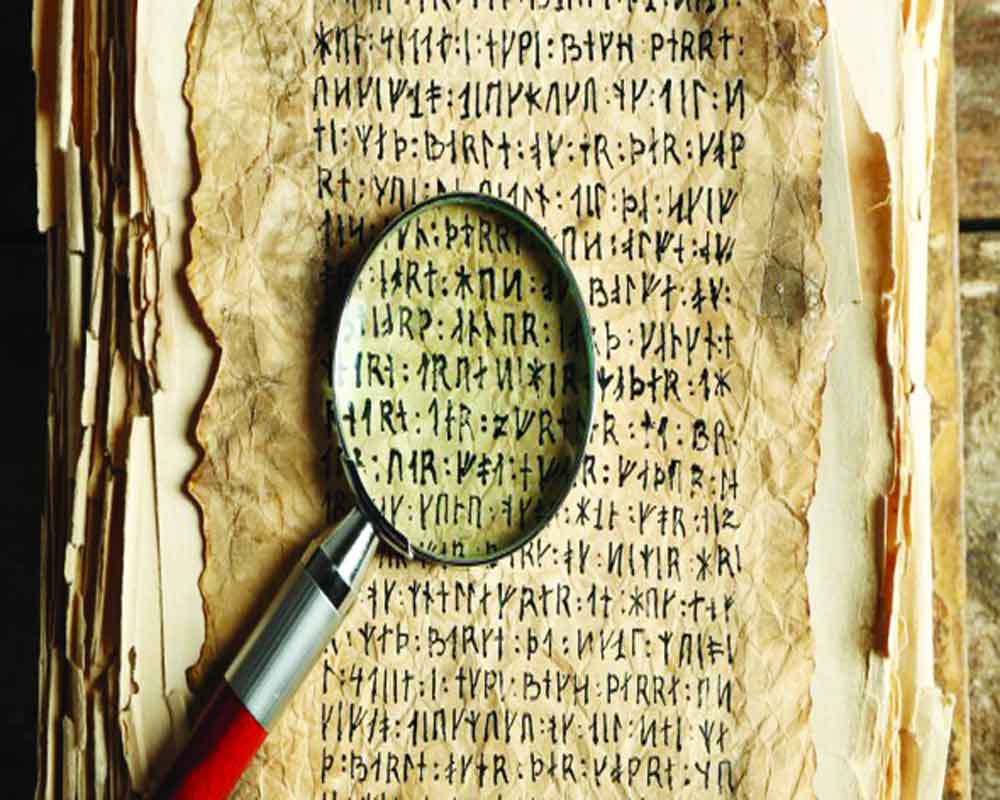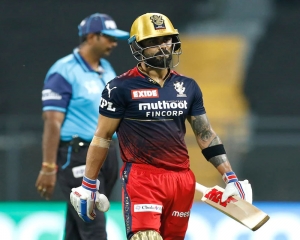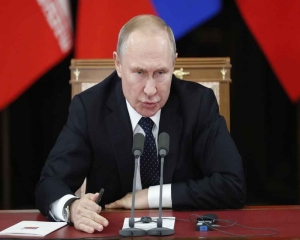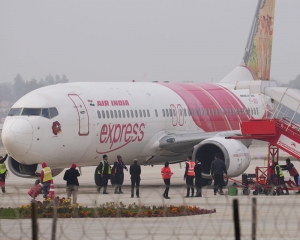We must strive to preserve languages, as the disappearance of a language is not merely the loss of words but the erosion of culture and tradition
International Mother Language Day is celebrated on 21st February, under the auspices of UNESCO. This international observance was first proclaimed by the United Nations Educational, Scientific and Cultural Organisation (UNESCO) in 1999 to promote linguistic and cultural diversity. It started being observed annually in 2000. Each year they come up with a theme. The theme for the International Mother Language 2024 is “Multilingual education is a pillar of intergenerational learning”.
The date holds historical significance as it commemorates the sacrifices made by students of East Pakistan (present-day Bangladesh) during the Language Movement of 1952, who bravely protested for the recognition of their mother tongue, Bengali, as one of the official languages of Pakistan. 54.1% of the population of the then East Pakistan spoke Bengali. Apart from the identity of Islam, there were many linguistic, cultural, ethnic and geographical contradictions between West Pakistan and East Pakistan. Amidst this cultural clash, the rulers of Islamabad declared Urdu as the official language, totally neglecting the Bengali language which the population held close to their hearts.
Thousands of students gathered in Dhaka, the capital of East Bengal, and launched an agitation. West Pakistan was trying to brutally suppress the protests by students at Dhaka University and Dhaka Medical College. Student leaders Abdul Salman, Rafiquddin Ahmed, Abdul Balkhad and Abdul Jabbar were also martyred in the military operation which claimed several lives. This language movement, which took place on 21st February 1952, finally succeeded and Bengali along with Urdu became the mother tongue of undivided Pakistan.
Mother language is not just a means of communication; it is the cradle of our cultural identity, the keeper of our heritage, and the bridge that connects us to the wisdom of generations past. However, today, many languages are disappearing with time. It is estimated that every two weeks a language disappears in the world. About 43 per cent of spoken languages may disappear in the future. The day, organised by UNESCO, is especially meant to emphasise the need to preserve languages. There are about 6000 languages in the world, both with script and without script. Chinese or Mandarin is the most widely spoken language in the world, with 16 per cent of the world’s population using it as their mother tongue. English and Hindi occupy the second and third positions respectively.
People who speak multiple languages are called polyglots. Proficiency in as many languages as possible is considered to be a great skill in the present globalised society. Former Prime Minister Narasimha Rao, who was fluent in 17 languages, is a good example of a polyglot.
More than 3000 languages are endangered. After 1950 alone, 230 languages that existed in the world disappeared from the face of the earth. Under the leadership of Irina Bokova, the former Director-General of UNESCO, several projects had been formulated for the conservation of endangered languages. One of them is the International Mother Language Institute established in Dhaka, the capital of Bangladesh.
With the aid of the United Nations, several schemes have been put together for the protection of the mother tongue. 2008 was celebrated as the International Year of Languages and efforts are being made to preserve the vanishing languages. The fourth item in the UN-led Millennium Development Goal is to provide better and more inclusive education through the mother language. According to UN estimates, half of the approximately 7000 languages spoken in the world are not guaranteed to last for another generation. Of these 96 percent of the languages are currently used by only 4 percent of the world’s population. Linguists have documented that among some societies in Asia and Africa, there are languages that are spoken only by women. The Dakhini language, which is still popular in Gulbarga in Karnataka and Solapur in Maharashtra, is one such language.
According to the 2011 language census, the Eighth Schedule of the Constitution contains 22 languages, including 121 mother tongues. 52.8 crore individuals, i.e. 43.6% of the population, speak Hindi. Bengali is the mother tongue of the next largest number of people—8%. Out of the 2.6 lakh English speakers (who have their mother tongue as English) more than one lakh are in Maharashtra. As a second language, English is preferred over Hindi in the North-Eastern parts. In 2011, of the 17.6 lakh people whose mother tongue was Manipur, 4.8 lahks declared English as their second language. While English, along with Hindi, is one of the two official languages of the Central Government, it is not among the 22 languages in the Eighth Schedule; it is one of the 99 languages that are not scheduled.
In terms of mother tongue, the number of English speakers in India in 2011 was just 2.6 lakh — a small fraction of the 121 crore people estimated in that census. In Fiji, Hindi is the official language spoken by 44 per cent of the population. In percentage terms, Fiji has more Hindi speakers than India.
In India, a land of linguistic diversity, apart from Hindi and English, 22 regional languages also occupy official status through the Eighth Schedules of the Constitution. However, Sanskrit, the heritage language, can be seen fading in the society. Less than 15,000 people use Sanskrit as a spoken language. While the central and state Governments have launched several schemes to promote Sanskrit, there is only one daily newspaper in the world in this language which is Sudharma. Uttarakhand is the only Indian state to have included Sanskrit in its official languages. According to the 1961 census, there were 1,652 languages in India classified as 'mother tongue'. However, according to the 2011 census report, the number of mother tongues in India is 234. More than 800 mother tongues have disappeared in the last fifty years. Nihali is still considered the mother tongue of more than 15,000 people in about 15 villages in Madhya Pradesh and Maharashtra, similarly around 1,000 Portuguese-speaking people in a village in Maharashtra. Arunachal Pradesh, where the population is much smaller, yet has the highest level of linguistic diversity. The multilingual tribes and regions are the identity of Indian culture. In India, 220 languages have recently become extinct due to a lack of adequate care. As many as 197 Indian languages have been listed by UNESCO among the most likely to be alienated. According to the 2011 census, 96.71 per cent of the population speaks 21 languages recognised by the Constitution of India.
English, Spanish and French are languages that have not developed their own script. These languages borrowed from the Latin script for writing. Hindi is a language which does not have its own script. Devanagari is the script used by Hindi today. Arabic is a language that is precisely convinced that language is a culture. Arabic is the spoken language of about 422 million people and the mother tongue of 24 countries in the world and is a perfect example of how one of the oldest languages developed strongly and has become one of the leading modern languages.
Amar Sonar Bangla, the national anthem of independent Bangladesh, was composed by Rabindranath Tagore in 1905 in the backdrop of the first partition of Bengal. Ananda Samarakoon, a disciple of Rabindranath of Visva-Bharati, composed the national anthem ‘Namo Namo Matha’ of Sri Lanka in Sinhalese. Ten decades before the Sri Lankan civil war that ended in 2009, Tamil, along with Sinhalese, was recognised as the official language of Sri Lanka.
The Universal Declaration of Linguistic Rights was held in Barcelona in 1996, but hundreds of languages are still fading away from time to time. It is doubtful whether writing will have any significance fifty years from now. The technology to turn sound into text is already in vogue.
Of the 6,000 languages in use in the world, at least 4,000 are likely to be extinct. According to language researchers, 90 per cent of the languages currently in use will disappear from the earth's surface by 2050. Less than 10,000 people use one-third of the world's existing languages. According to the Central Government, more than 200 Indian languages have disappeared since 1961. Most of these are languages used by tribals, including Adivasi communities. After the 1961 census, the Government decided to do away with the national status of languages used by less than 10,000 people. We must recognise that the disappearance of a language is not merely the loss of words but the erosion of culture and tradition. As put by Noam Chomsky “A language is not just words. It's a culture, a tradition, a unification of a community, a whole history that creates what a community is. It's all embodied in a language.” Allowing languages to become extinct is a sin being committed to our ancestors and future generations.
(The writer is an associate professor, views are personal)


























